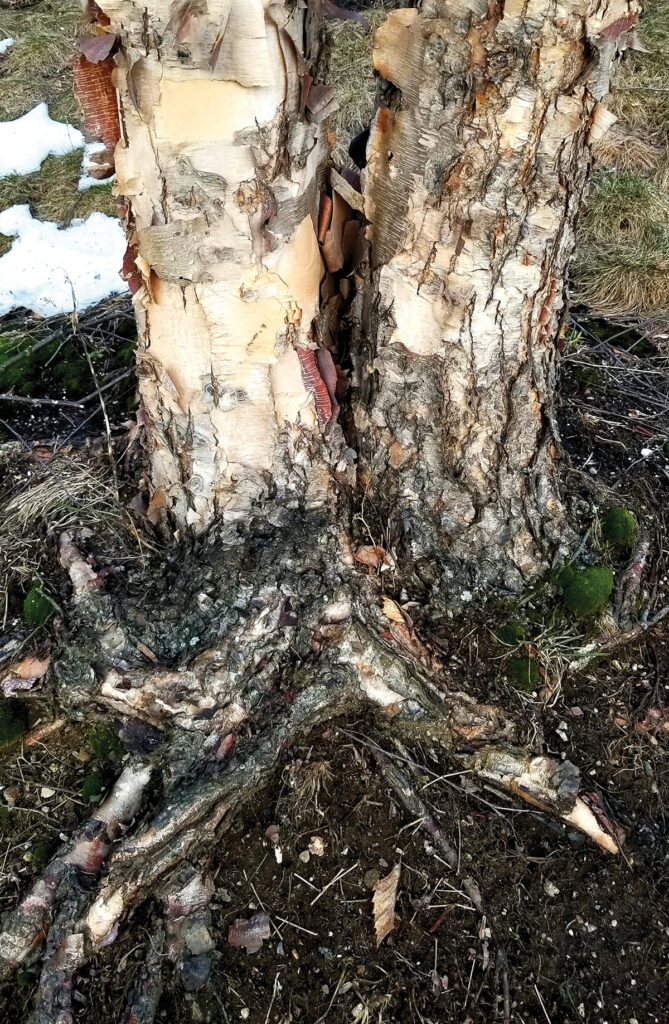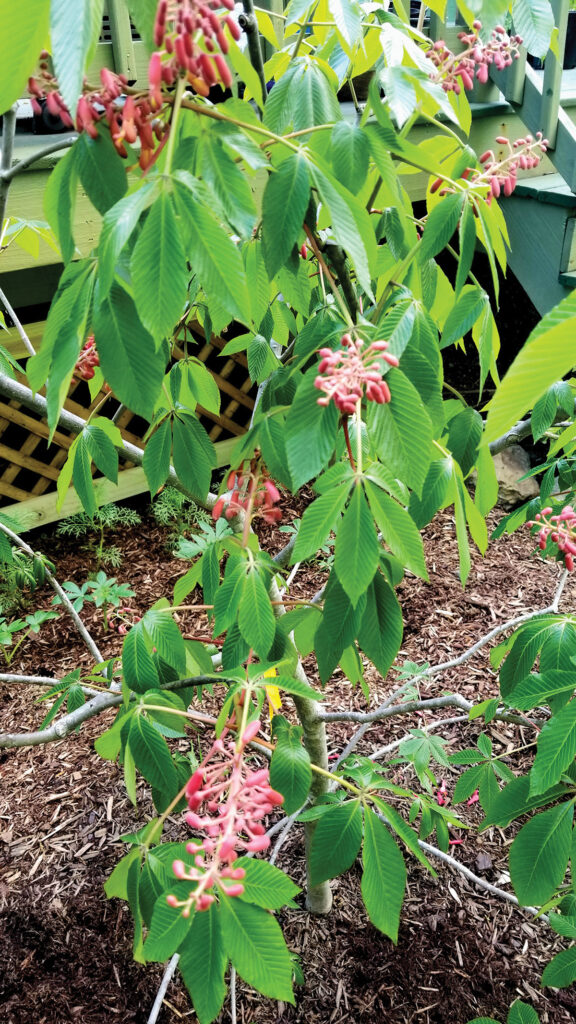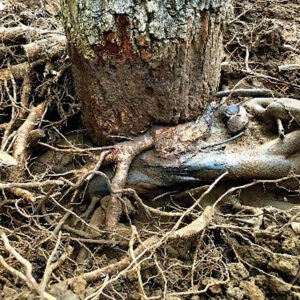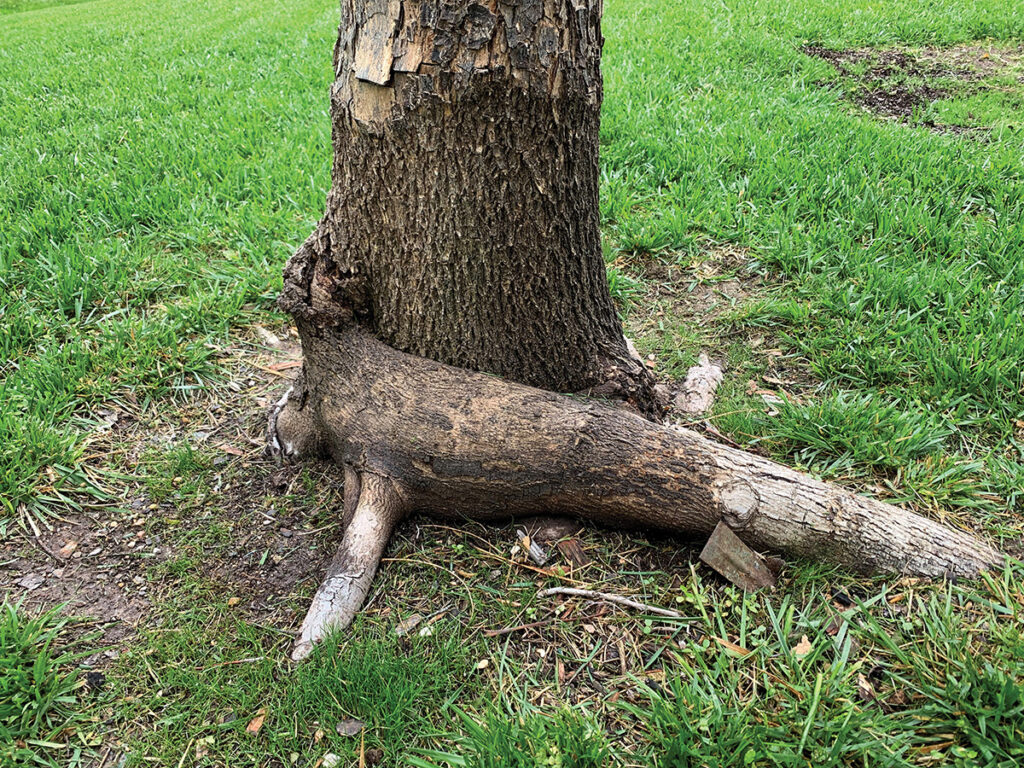I’ve previously written about the need to systematically diagnose problems with trees. Yet, the art of developing good diagnostic skills is honed over years of field work, not by study alone. Insects, diseases, site conditions, soil quality, moisture and planting errors often interact to result in a plant’s decline, challenging the skill of even seasoned arborists. Approaching each diagnosis systematically narrows the possible causes of plant decline and helps you to uncover the real reasons for that deterioration. The challenge is how to learn diagnostics, identify plant problems, narrow the scope of possible causes and deliver solutions that will save client trees without those desirable years of field experience.
Today, as never before, with a less industry-educated, less experienced workforce, years of field experience are nearly impossible to find and, if found, difficult to retain. Tools must be simplified, cheat sheets developed and the diagnostic process made easier as arborists and PHC pros examine large-scale landscape issues before moving to tree-specific challenges. In this way, your team can avoid partial solutions, band-aids or drawing inaccurate conclusions. (For more on this, see “Plant Health Care: What to Do When You Don’t Know Where to Start,” TCI Magazine, January 2016).
Arguably, tree decline in most urban areas is more impacted by growing conditions than by insect and disease pressure. The exception is the continual introduction of invasive pests that did not co-evolve with our native species. Native trees have few natural defenses against attacks from off-shore pests, much as humans are ill prepared to fight new human diseases developing thousands of miles away. Foreign tree pests can wipe out an entire endemic species, unless we choose to intercede.
In this article, we’ll focus on the impact of a few cultural (abiotic) factors that contribute to tree decline and often lead to tree death.
Many of our most attractive and desirable ornamental plants, i.e., those that flower or fruit or are prized for their bark, are naturally found in the understory of the forest. Examples include birch, dogwood and redbud. When these or similar species are positioned in full sun, often competing with turf and garnering limited water, they are perpetually under stress. Alternatively, trees best grown in full sun become weakened by a lack of adequate sun. They will grow poorly and are at increased risk due to those stressors. (Photo 1)
This stress from of a poor choice of location also increases susceptibility to native borers or diseases, because they can’t mount a vigorous response. PHC treatments often address the symptoms of these poor location choices by controlling the attacking pest. Yet, modern arboricultural standards suggest ameliorating soil and growing conditions to help improve the tree’s long-term prospects, thus reducing the impact of pest pressure. These efforts might include soil-applied supplements to encourage native soil microbes, top dressing with char and organic products instead of simple mulches, aeration using an air-excavation tool, growth regulators or improved watering to encourage deeper rooting.
For sun-loving plants growing in too much shade, the challenges are greater, but often, lower limb removal on large adjacent trees can let in enough incidental light to increase tree health. “Right tree, right place” only works if you’re planting a new specimen, and the most common scenario we see is when asked to help an existing, struggling tree.
Grade change
One of the most subtle tree and shrub killers is anything that affects normal grade. This includes planting depth, grade change on existing plants (either additions or removals of soil), erosion or turf fixes that top dress the turf near a tree, adding more soil.
Plant roots, once growing, develop at optimal levels to exchange gases and water. Fibrous or feeder roots are generally found in the top 6-10 inches, while structural support roots may extend much deeper. Depending on subsurface soil compaction and tree characteristics, roots can be forced to grow much closer to the soil surface. This is one of the reasons we often see blow-overs during windstorms. New houses also alter underground water flow and can inundate new beds or leave them dry.

A common though misinformed practice employed to hide excessive surface-root growth has been to bury them. Yet, a mature tree can be killed with as little as 6 inches of soil added to its existing root profile. This action dramatically reduces gas exchange, allows root death and eventually causes tree decline. Moisture levels, particularly in drought-prone areas, may be even less available to those fibrous roots when roots are suddenly placed under several inches of new soil. Roots may attempt to grow into this new soil, but often the plant runs out of energy and resources before it accomplishes a rebalancing.
Similarly, mulch is often piled into mulch volcanoes, reaching up to a foot above grade and many inches thick, to prevent weed-whacker or mower injury. Tree bark has not evolved to be constantly wet, and this can result in cracks and the introduction of secondary-invader species of fungi. Just as with excessive soil levels, roots will grow into mulch volcanoes and become subject to sudden drying and subsequent death during dry conditions.

On newly acquired plants, especially those arriving B&B (balled-and-burlapped), a root ball is often cut, then soil is added above original grade to provide a stable ball for wrapping, roping and transporting. Failure to identify this by noting where feeder roots begin results in planting well below the original grade of the tree, thereby creating the same problem as adding soil over an existing root system in mature trees. Roots will get inadequate air and water (or excess moisture) and will begin to die. With a B&B tree already compromised due to the root pruning, early transplant shock and death may follow. In fact, one of the first signs of this problem may be a loss of turgor and weeping leaves, no matter how much water you are providing.
A contributing factor also may be the parent material found in the root ball. You may be placing a heavy clay root ball into loam or even sandy soil, so this may result in an impenetrable ball with resistance to wetting. Here, a product, sprayed on the ball at planting, that breaks surface tension and attracts soil moisture to the ball can reduce this stress.

Girdling of trunk or roots
It is unfathomable how, with all the varied staking methods available, we still find tree trunks girdled from our efforts to stabilize them at planting. Garden hose over wire has been a favorite of the unknowing for generations, and often results in a tree’s death years after the project was installed. There is much guidance on correct staking, and even some indication that excessively rigid staking results in a less wind-stabilized tree.
Perhaps of greater concern is girdling that is hidden from sight. Root girdling causes the tree to become unable to move carbohydrates, water and nutrients between roots and leaves. Root girdling comes from two primary causes. One common cause is that plants grown in containers develop circular roots, which continue to circle after planting. Eventually, they reach a size where they begin to girdle the subsurface trunk of the plant. When this happens, the results are like guide-wire girdling, but are often noticed. Initially, one side of the tree may be distinctly flattening, or branch and twig dieback above that point is seen. In the past, we were somewhat limited to hand digging, searching for a girdling root near the surface, but in recent years, the use of an air tool to dislodge soil reveals girdling roots more easily without damaging roots. Then, a simple pruning of the offending roots may be possible before covering the exposed roots with soil, compost or amendments.

Perhaps the most unnecessary girdling of all occurs when a B&B is installed without cutting away the rope that binds the burlap to the trunk. I have always advocated for removal of as much of the burlap as possible without disruption of the root ball. This generally means cutting away the upper third of the burlap in the process. A failure to remove the multiple layers of rope that circle the top of the root ball almost assure that the trunk will later experience girdling. If the burlap and rope are treated (green coloration), don’t count on deterioration in time for any tree to survive it.
Take the steps to remove excess burlap, identify the root-ball surface, remove excess soil and cut away the rope wraps. On any new property with struggling plants that don’t have obvious reasons, check for subsurface girdling or drainage as a primary cause. Sometimes, corrective action even years after injury will give the plant a fighting chance to recover and survive.
About the Author

This guest article was written by Rob Gorden. He is the director of urban forestry and business development for Arborjet, Inc. This article originally appeared in the TCI Magazine February 2022 issue. Arborjet is a corporate member of TCIA.
All photos in the article are courtesy of Rob Gorden.
